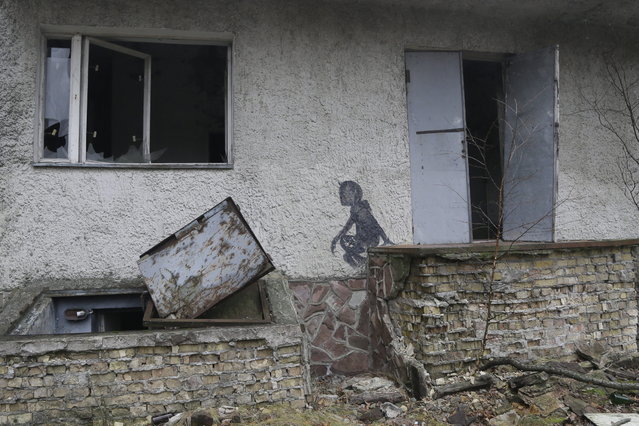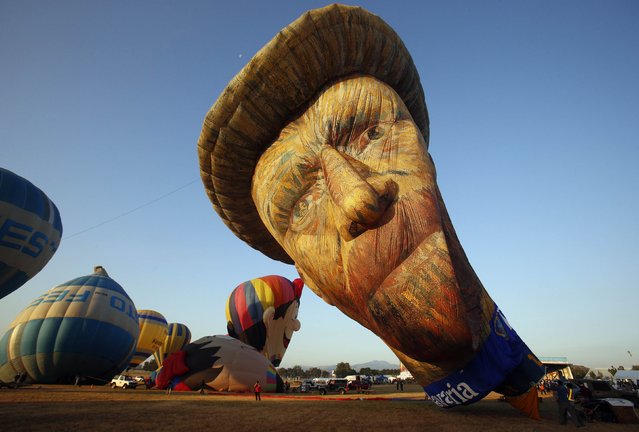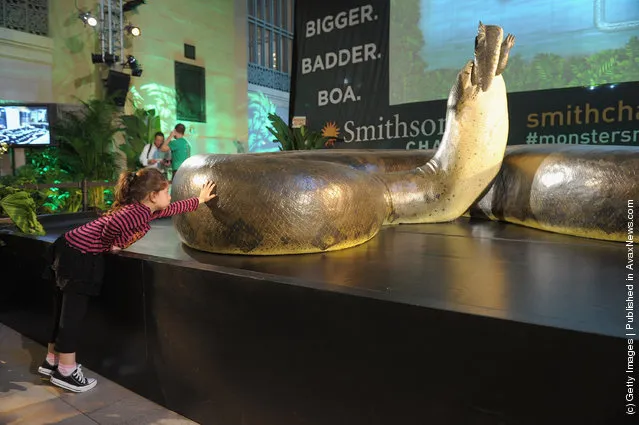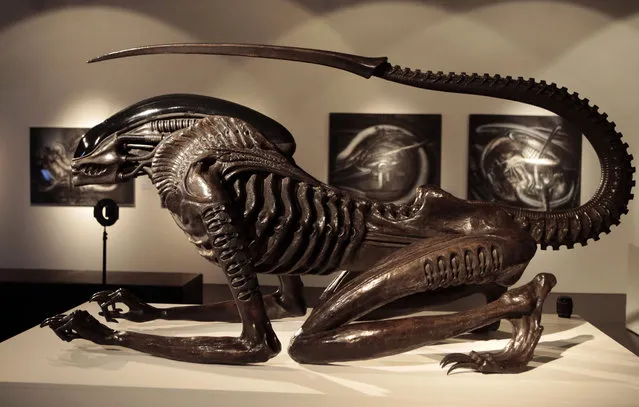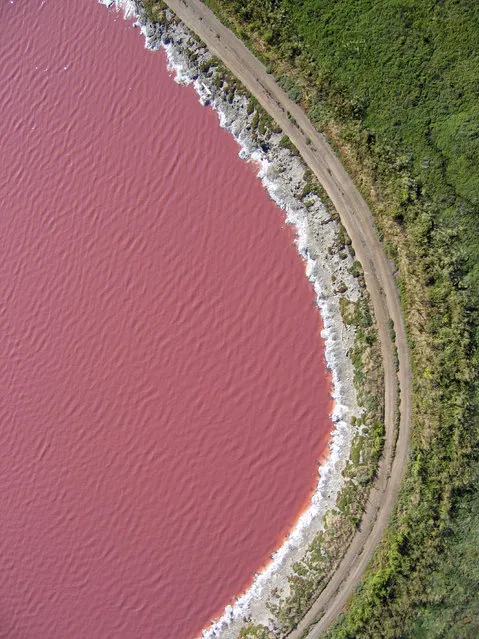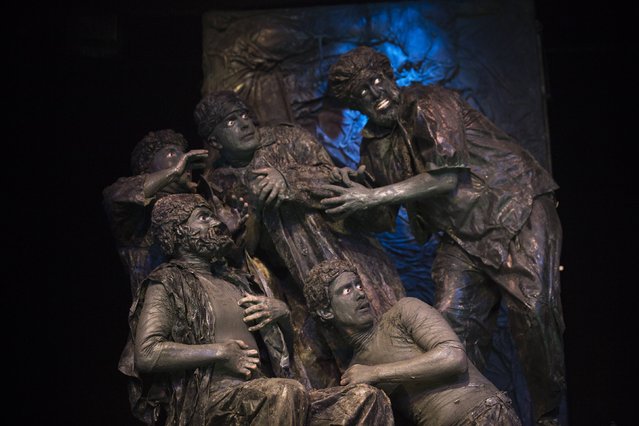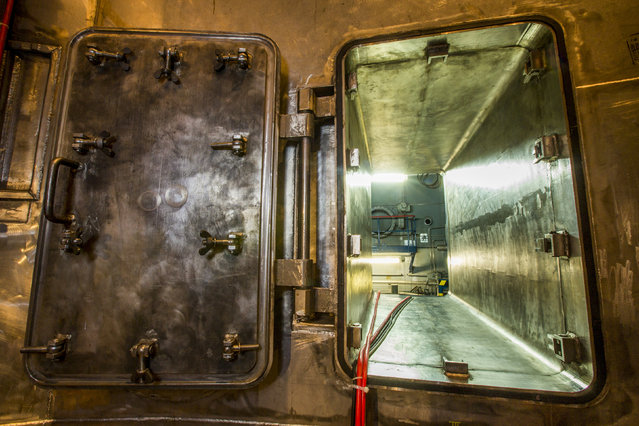
A view of an entrance to the concrete case surrounding the pressure vessel of the reactor is seen inside the decommissioned Unit Six of the Greifswald nuclear power station outside Lubmin August 5, 2014. Unit Six was a part of East Germany's largest nuclear power plant that was nearly completed in 1990, when the country's re-unification halted construction. (Photo by Thomas Peter/Reuters)
22 Sep 2014 11:33:00,post received
0 comments

